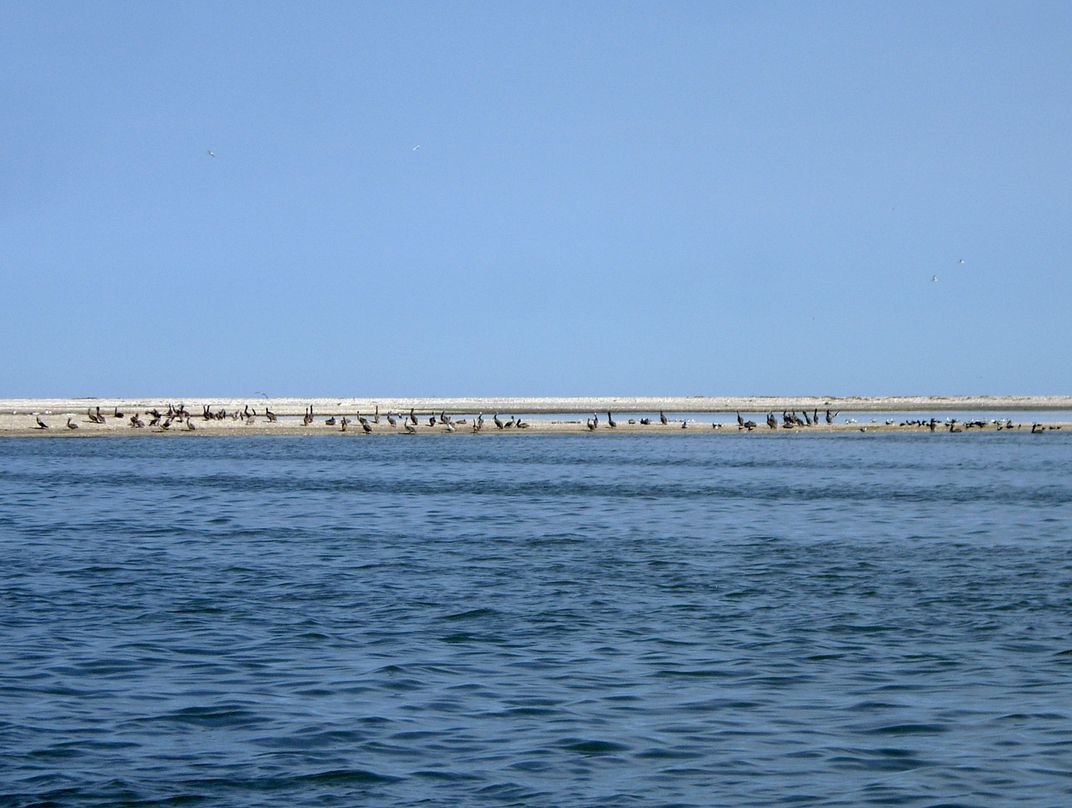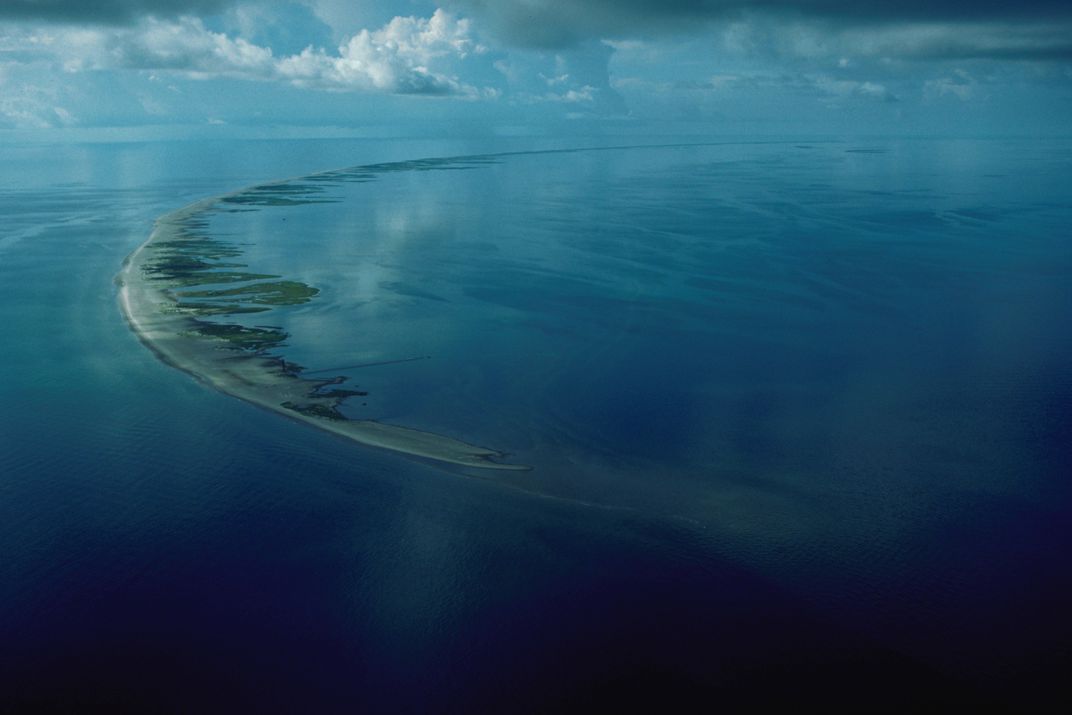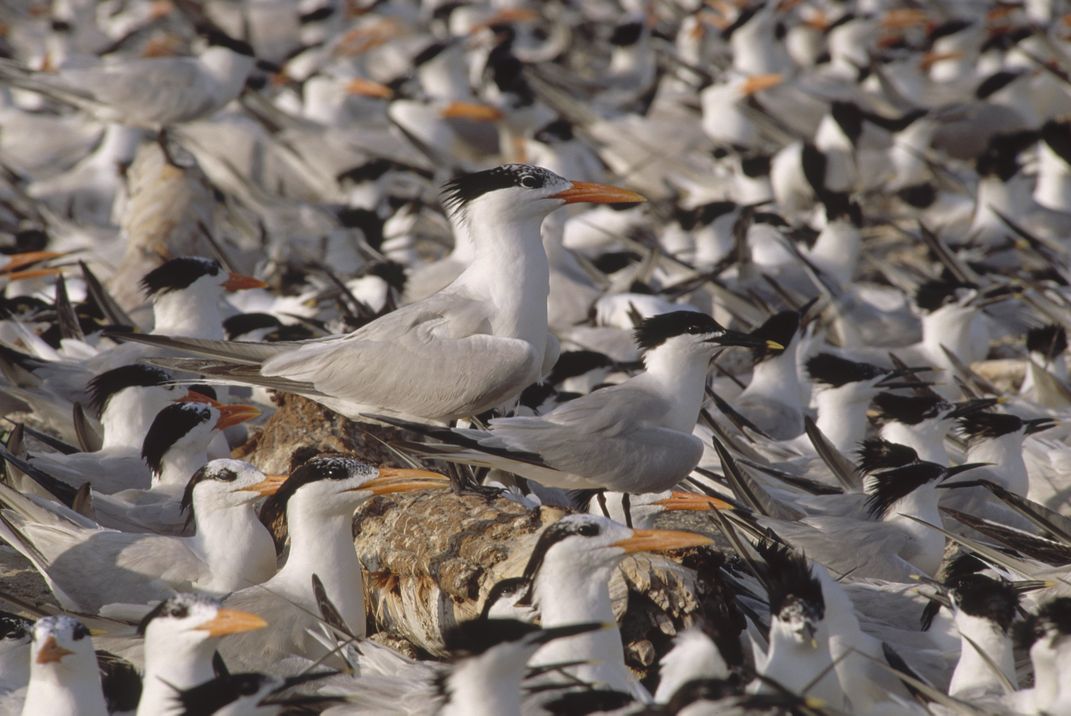Breton Wilderness
Thousands of seabirds, geologically young island formations and saltwater marshes
Location: Louisiana
Size: 5,000 acres
Year Designated: 1975
Fast Fact: The area includes the country’s second oldest wildlife refuge.
300 years might seem like a long time in the course of human history, but geologically speaking, 300 years is an instant, which makes the islands in the Breton Wilderness Area especially unique, because they were formed by silt from the Mississippi River a mere 300 years ago. Though geologically young, the islands are part of the Breton National Wildlife Refuge, the country’s second oldest wildlife refuge. Designated by President Theodore Roosevelt in 1904, it’s also the only wildlife refuge that the president ever saw in person, paying the place a visit in 1915. Roosevelt was troubled by the destruction of seabirds and their eggs, which were being taken by plume hunters looking to capitalize on the bird’s valuable feathers.
Today, hundreds of thousands of seabirds use the wilderness area as a breeding ground, including thousands of brown pelicans, royal terns, Caspian terns and seagulls.




